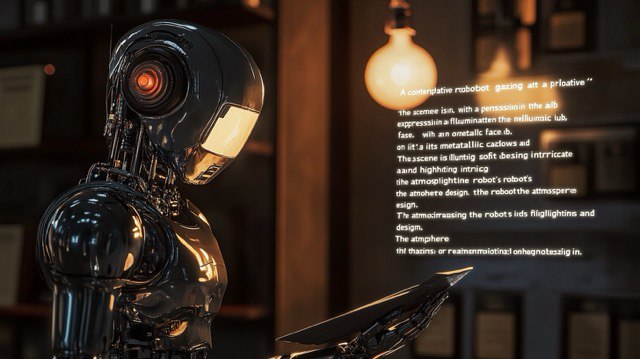
It hasn’t been long since neural networks became publicly accessible. However, alongside the obvious benefits of AI, there are downsides that are already bothering many people. Let’s not blame the neural networks—they are just tools executing tasks. Responsibility always lies with the people who use them.
A notable problem is that many are seriously concerned about how to identify generated text. Of course, the majority of users aren’t worried about this yet. They will start to worry a bit later when more unreliable information spreads across the internet.
Currently, those concerned with recognizing generated text include editors, news resource owners (who rely on accurate news sources and might end up with fake ones), and educators who need student assignments, like theses and essays, to evaluate the students’ knowledge—their own, not that of AI.
As popular language models train on larger data sets and improve, distinguishing authentic content becomes a top priority for everyone working with any documents. This article will explore how to check content using specific services.
Why This is Necessary
So what if it’s generated? The text is beautiful, coherent, and logically presented. Why does it matter?
The difference is clear through these examples:
- Educators. Essays, compositions, and theses aren’t meant to torment students but are integral to their education and an opportunity to assess their knowledge. If a student turns in “creations” by ChatGPT, what knowledge is being evaluated?
- Editors, SEO specialists, or website owners collaborating with copywriters. It would be very displeasing if they paid a certain amount for AI-generated work done in minutes while the copywriter watched a series. Moreover, the quality of AI-generated work is not as high as it might initially seem compared to “live” texts.
- A news follower. They are interested in truthful information, which is already difficult to find. If neural networks can generate texts quickly and abundantly, distinguishing truth from lies will be even harder (it’s already tough, and prospects are grim).
- Any user seeking expert information on a topic. The AI-generated text might be logical and convincing, but the information is incorrect! The user, not being an expert, believes what they read. It’s fine if it’s about something unimportant, but problematic if it’s expert advice. AI can make mistakes because it doesn’t understand the meaning of what it creates. AI lacks comprehension.
For these reasons, many professionals and users need to know how to verify if a text is AI-generated.
How to Identify Machine-generated Content
There are special services for checking, the most famous of which is “Antiplagiarism.” Initially meant to combat copying and pasting, it now includes a function for detecting machine-generated content.
How does “Antiplagiarism” identify generated text? The algorithm compares sentences or excerpts with those in the detector’s database (which also undergoes training). Suspicious elements include template sentences, “fluffy” fragments, logical errors, and distorted facts or unreliable materials. The detector’s work is complex but similar to AI, which makes sense—a robot helps identify another robot’s creation.
Other Services to Use
But not only “Antiplagiarism” exists—other services with similar functions include:
- AI Content Detector;
- Grammar;
- GPTZero;
- Text.ru;
- Content at Scale.
There are other services as well, each working with its own algorithm but all providing fairly reliable results. Yes, there are false positives, but they are not numerous.
Useful Tips
Great, we know how “Antiplagiarism” detects AI work. However, can this system be bypassed? Yes, it can. But it requires effort since algorithms don’t recognize human-revised text. Which is logical. If a person worked on revising an essay, thesis, or dissertation, they might deserve credit.
But there are ways to identify generated content without services:
- AIs are overly specific and “practical,” struggling with abstract thoughts. Even their fairy tales are “dry” if not edited or refined. Machine language differs from human language.
- Neural networks may write fictional facts if they lack information. Yes, the human brain also loves, can, and practices this, but more creatively.
- Lack of depth, expertise, and thoughtfulness—generated texts are overly “generic.”
Conclusions
Identifying and bypassing generated text concerns those immersed in AI or forced to deal with its results. Yet detection isn’t too tough, thanks to special services that evolve as rapidly as neural networks. Therefore, detection will likely remain effective while AI exists in its current form.

